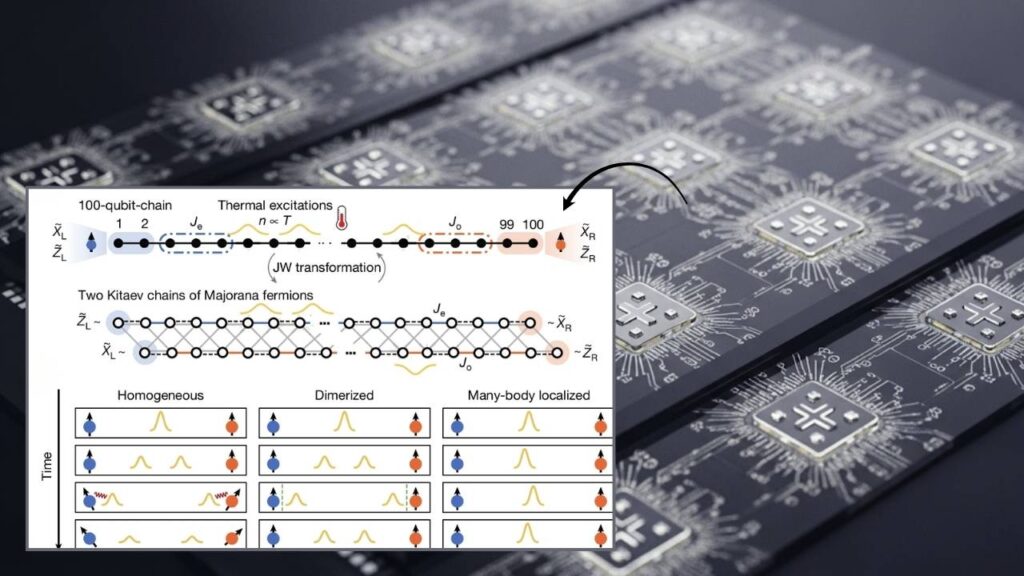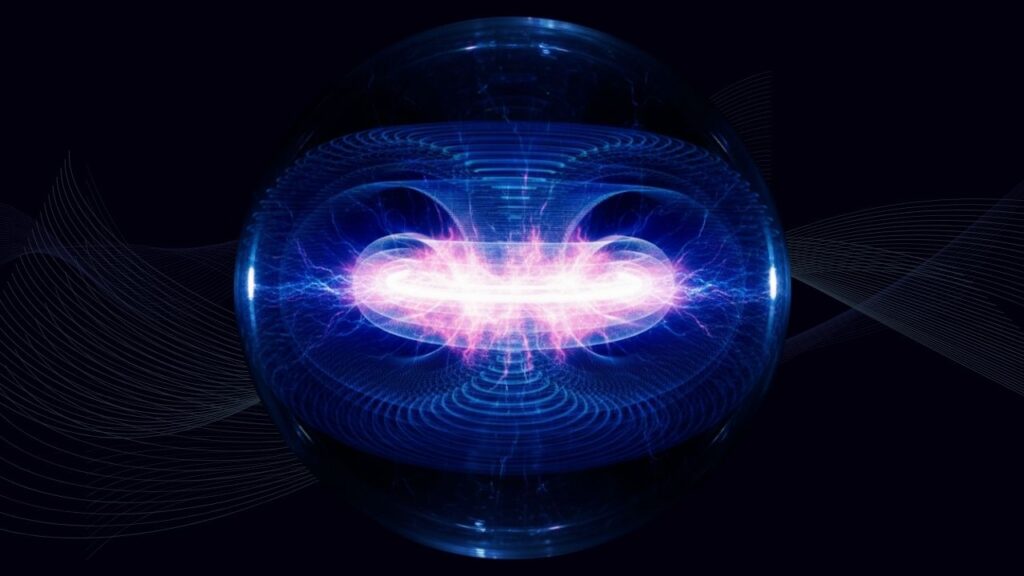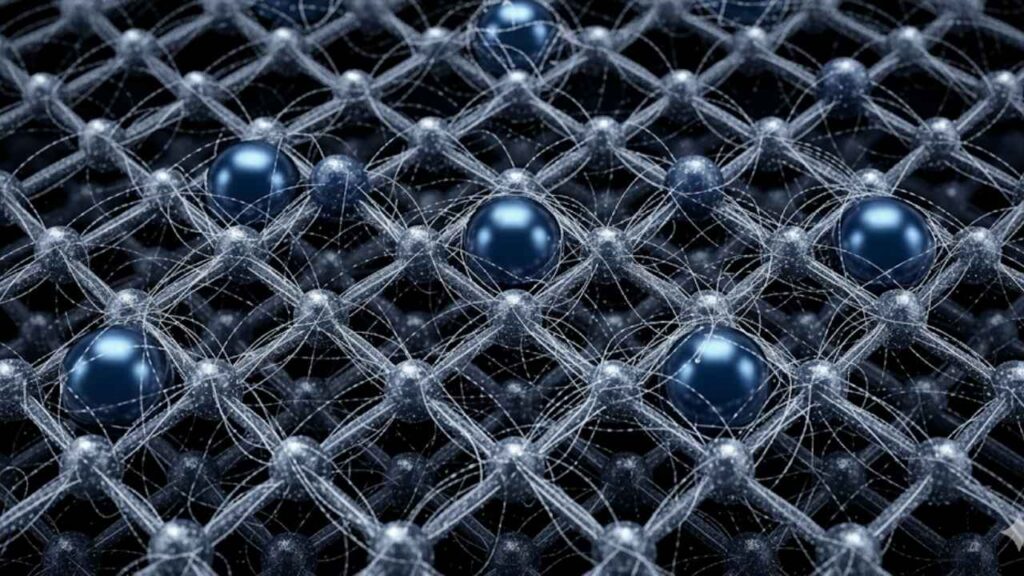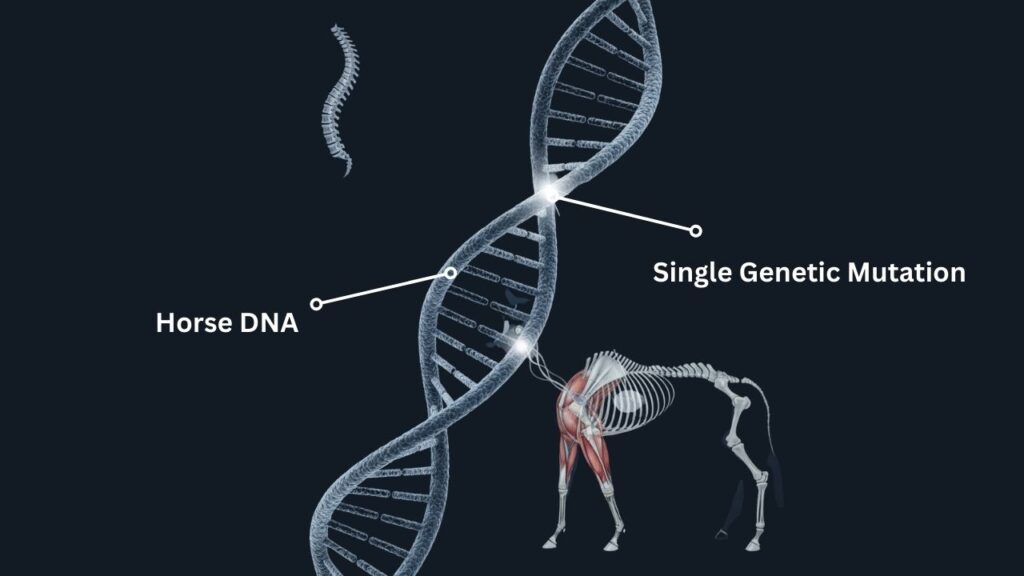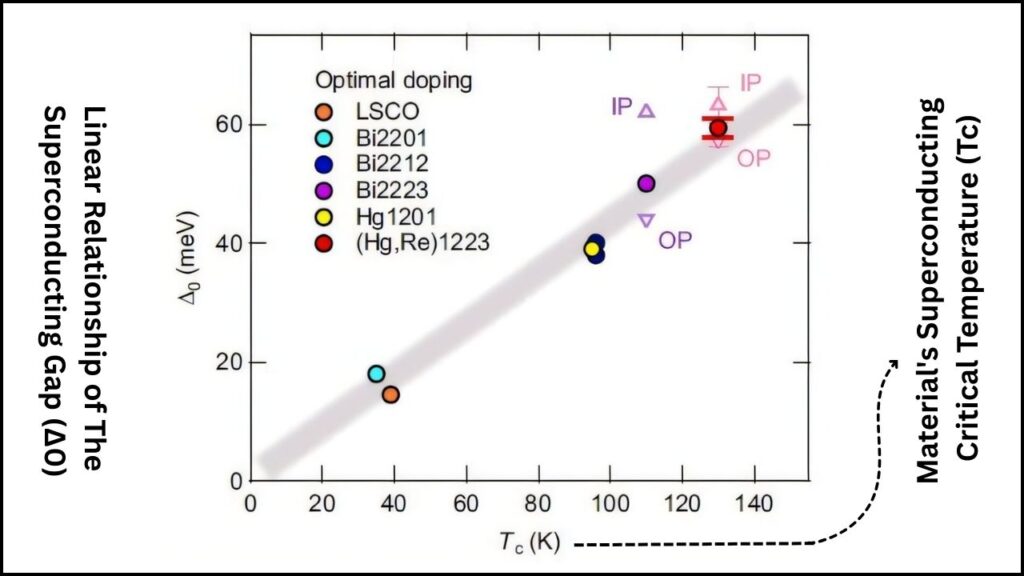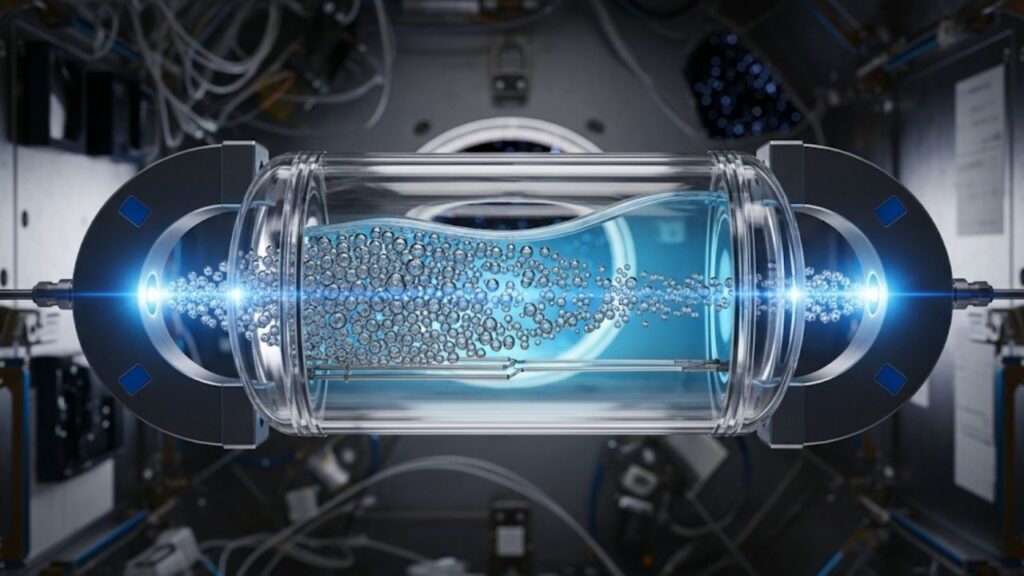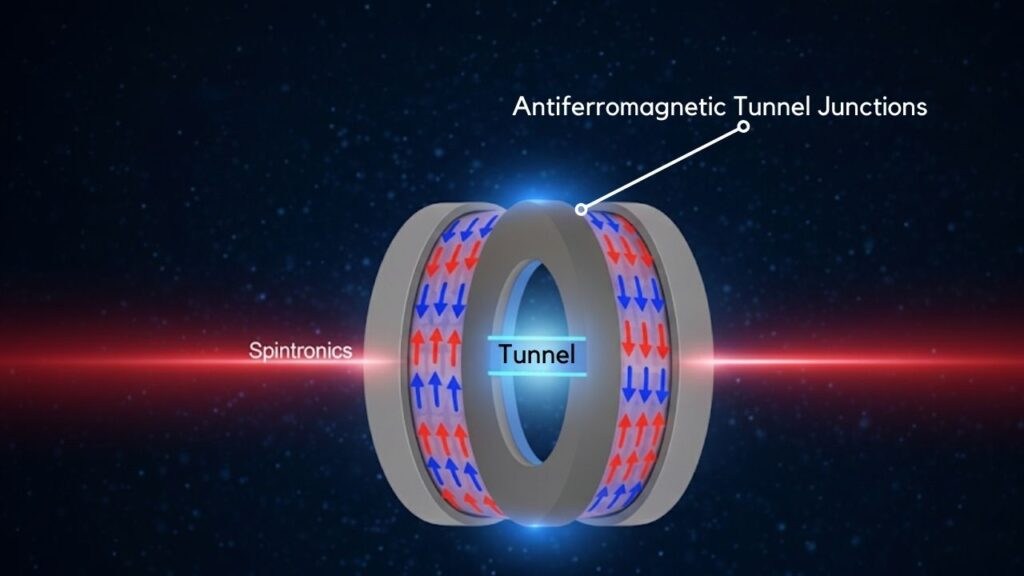Imagine being asked to picture your favorite animal or a sunny day at the park. For most people, this is as simple as closing their eyes and conjuring a mental image. But for some, nothing appears—just darkness or blankness. This unique experience is called aphantasia, and neuroscientists are now uncovering how the brains of people without mental imagery still process visual information in fascinating ways.
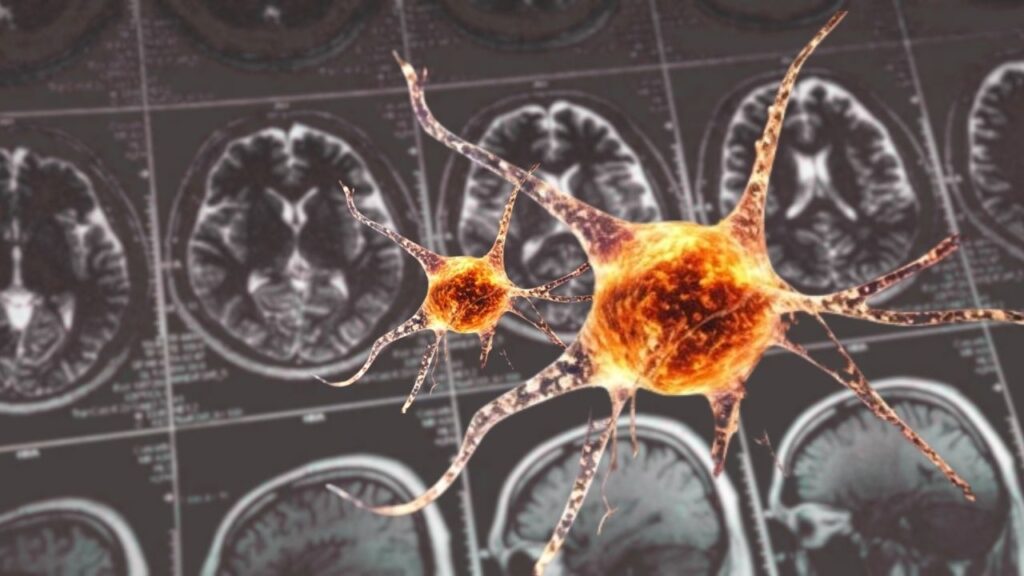
Table of Contents
Understanding Aphantasia: The Mind’s Eye That Stays Closed
Aphantasia is a condition where a person cannot voluntarily create mental images. If you ask someone with aphantasia to imagine a red apple, they may know what an apple looks like and can describe it, but they simply cannot “see” it in their mind’s eye. This doesn’t mean they lack imagination or creativity—they just experience these things differently, often relying on other senses or abstract thinking.
Aphantasia is estimated to affect around 4% of the population. Many people don’t even realize they have it until adulthood, often during conversations about dreams or memory. It’s not a disorder or illness, but rather a variation in how the brain processes information.
Neuroscientists Decode Visual Signals in Brains
| Topic | Details |
|---|---|
| Condition | Aphantasia: inability to form voluntary mental images |
| Prevalence | ~4% of the population |
| Neuroscientific Discovery | Visual cortex still activates during imagery tasks in aphantasia |
| Study Method | Functional MRI (fMRI) and advanced brain imaging |
| Key Finding | Brain “blueprint” for images exists, but doesn’t reach conscious awareness |
| Professional Impact | Insights for psychologists, neuroscientists, educators, and clinicians |
| Official Resource | UNSW Sydney Aphantasia Research |
The discovery that neuroscientists can decode visual signals in the brains of people without mental imagery is a groundbreaking step in understanding how our minds work. It shows that the brain is capable of creating rich, detailed representations of the world—even if we’re not consciously aware of them. For people with aphantasia, this means their brains are working just as hard, just in a different way.
As research continues, we’ll learn even more about the incredible diversity of human imagination and perception. Whether you see vivid pictures in your mind or think in words, your brain is a marvel of nature—proving that there’s more than one way to imagine the world.
How Do Scientists Study Aphantasia?
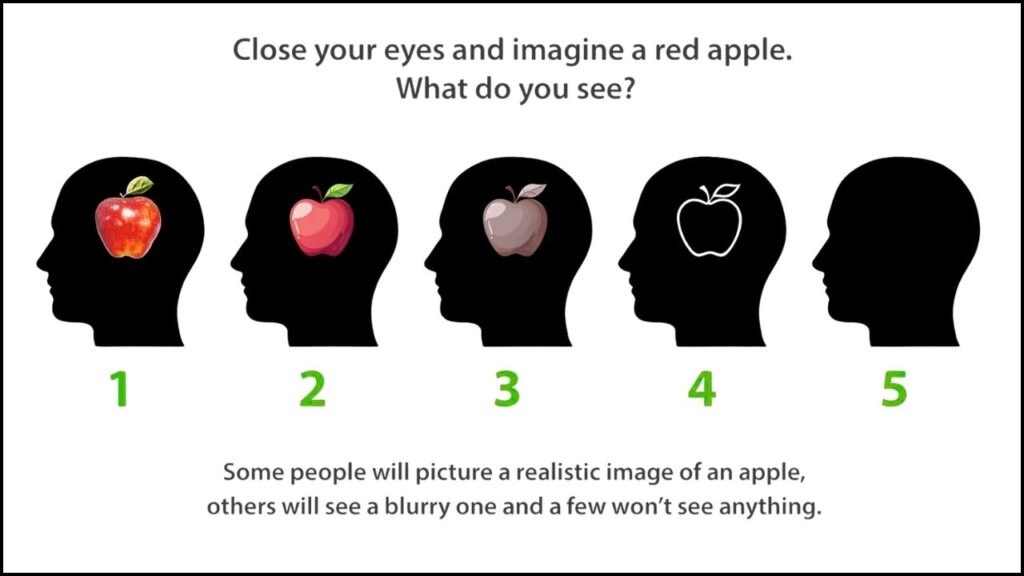
The Power of Brain Scans
To understand what happens in the brains of people with aphantasia, scientists use advanced tools like functional magnetic resonance imaging (fMRI). This technology tracks changes in blood flow in the brain, showing which areas become active when someone is thinking, imagining, or perceiving something.
In recent studies, researchers asked participants to look at simple shapes or patterns—such as colored lines or geometric figures—on a screen. Later, they asked the same people to imagine those patterns without seeing them. This approach helps scientists observe how the brain manages both real and imagined images.
Surprising Results
The most surprising finding is that even when people with aphantasia try to imagine something, their primary visual cortex—the part of the brain responsible for processing visual information—still becomes active. In many cases, advanced computer algorithms can “decode” which pattern a person is imagining just by analyzing their brain activity, even if the person reports seeing nothing at all.
This means that the brain is still creating a kind of “blueprint” for the image, even if the person isn’t consciously aware of it. It’s as if the brain is doing the work, but the final image never appears on the mental “screen.”
The Science Behind Mental Imagery
How Does the Brain Create Mental Images?
The human brain is made up of specialized regions that work together to create mental images. The visual cortex at the back of the brain is responsible for processing what we see. When we imagine something, this area can become active, almost as if we are actually seeing the object.
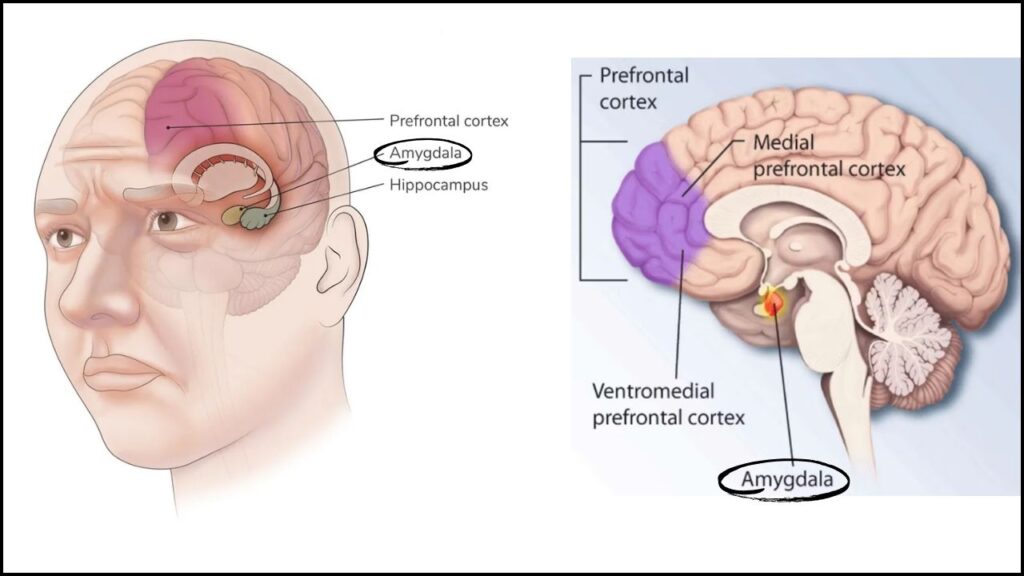
However, mental imagery is more than just visual processing. It involves a network of brain regions, including the prefrontal cortex (which helps with planning and awareness) and the parietal lobes (which help integrate sensory information). In people with aphantasia, there may be reduced communication between these areas, which could explain why the visual information never becomes a conscious image.
What Makes Aphantasia Unique?
- Distinct brain activity: The visual cortex activates during imagery tasks, but the signal doesn’t reach conscious awareness.
- Functional disconnection: There may be less communication between visual processing areas and the parts of the brain responsible for conscious thought.
- Normal recognition abilities: People with aphantasia can still recognize objects, faces, and places, even if they can’t picture them in their mind.
Real-Life Impact of Aphantasia
Everyday Experiences
People with aphantasia often live perfectly normal, successful lives. They can recognize faces, remember facts, and even be highly creative. Many are surprised to learn that not everyone thinks the same way they do.
However, some people with aphantasia notice differences in how they remember personal experiences (autobiographical memory), recognize faces, or even dream. For example, their dreams may be less visual and more focused on sounds, emotions, or abstract concepts.
Creativity and Careers
Aphantasia doesn’t limit creativity. In fact, some well-known artists, scientists, and writers have reported having aphantasia. They may use words, logic, or other senses to create and innovate. For example, a composer might “hear” music in their head, while a writer might think in words and dialogue rather than pictures.
Professional and Educational Impact
Understanding aphantasia is important for:
- Psychologists and neuroscientists, who study how the brain creates conscious experience.
- Educators, who may need to adapt teaching methods for students who don’t visualize information.
- Clinicians, who might encounter patients with unique memory or imagery experiences.
- Artists and designers, who may use different strategies for creativity and problem-solving.
Practical Advice: Living with Aphantasia
If you or someone you know has aphantasia, here are some tips and strategies:
- Use words and logic: Describe things in detail using language, lists, or step-by-step instructions.
- Draw or sketch: Even if you can’t picture something, drawing can help organize your thoughts and communicate ideas.
- Leverage other senses: Focus on sounds, textures, or emotions to enrich your imagination and memory.
- Communicate openly: If you’re a student or professional, let teachers or colleagues know how you process information best.
- Use memory aids: Tools like written notes, diagrams, or audio recordings can help compensate for the lack of mental imagery.
Remember, aphantasia is just one way the brain can be wired. There’s no right or wrong way to imagine or remember things!
How Is Aphantasia Diagnosed?
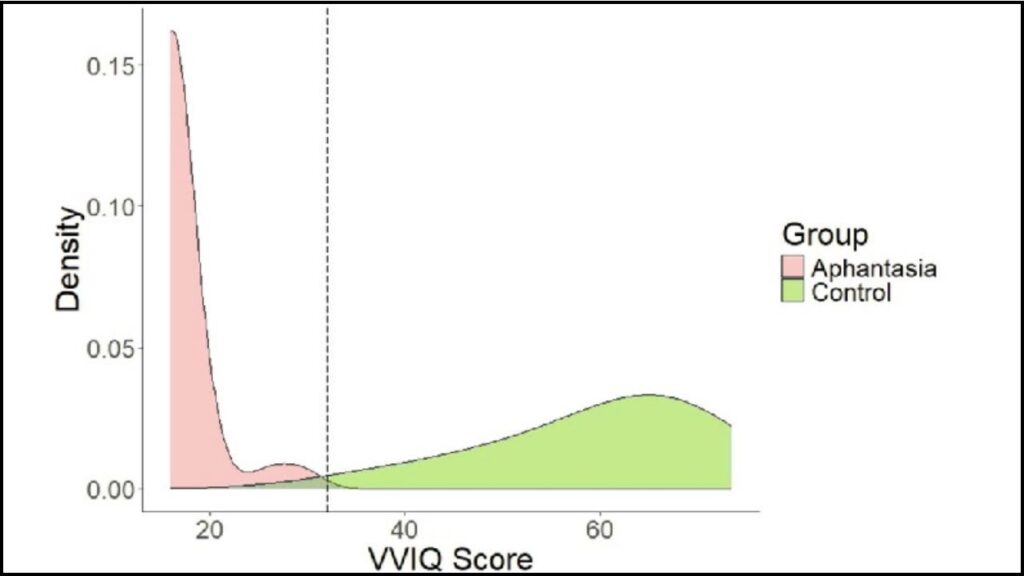
Aphantasia is usually identified through self-report questionnaires and interviews. One common tool is the Vividness of Visual Imagery Questionnaire (VVIQ), which asks people to rate how clearly they can imagine different scenarios. Brain imaging studies, like fMRI, provide additional evidence by showing how the brain responds during mental imagery tasks.
What Does Current Research Tell Us?
Early Discoveries
The term “aphantasia” was first coined in 2015, but the phenomenon has been described for over a century. Early case studies focused on people who lost the ability to visualize after brain injury. More recent research has shown that aphantasia can be present from birth and often runs in families.
Recent Breakthroughs
Modern brain imaging has revealed that people with aphantasia still activate the visual cortex during imagery tasks, but the activity is less intense and less connected to conscious awareness. Studies with identical twins—where one twin has aphantasia and the other does not—suggest that genetics may play a role.
Ongoing Questions
Researchers are still exploring why some people have aphantasia and how it affects other cognitive abilities. Some studies suggest that people with aphantasia may have differences in memory, spatial reasoning, or even emotional processing, but these findings are still being investigated.
Israeli Scientists Reveal the World’s First Brain-Like AI Chip That Teaches Itself
New Drug Delivery Breakthrough Uses Molecular Switches to Control When Medicine Works in the Body
Scientists Uncover Rare Brain Activity That Could Unlock New Frontiers in Human Consciousness
FAQs About Neuroscientists Decode Visual Signals in Brains
What causes aphantasia?
Aphantasia is believed to be related to differences in brain connectivity, especially between the visual cortex and areas responsible for conscious awareness. It may be present from birth and sometimes runs in families.
Is aphantasia a disorder?
No, aphantasia is not classified as a disorder. It’s a natural variation in how people experience mental imagery.
Can people with aphantasia dream?
Yes, but their dreams may be less visual and more focused on other senses or emotions.
How common is aphantasia?
Current estimates suggest about 4% of people have aphantasia, but it may be underreported.
Can aphantasia be treated?
There is no known treatment, but most people with aphantasia live normal, successful lives.
How do people with aphantasia remember things?
They often rely on facts, words, or logical structures instead of visual images. Their memory for visual details can still be accurate, even if they don’t “see” them.
Are there advantages to having aphantasia?
Some people with aphantasia report being less distracted by intrusive images or memories, and may excel in fields that rely on abstract thinking or logic.
The Future of Aphantasia Research
As technology advances, scientists are learning more about the diversity of human thought and perception. New brain imaging methods and large-scale studies are helping to map out the differences in how people experience the world. Understanding aphantasia not only sheds light on the nature of consciousness but also helps us appreciate the many ways our brains can be creative and adaptable.
